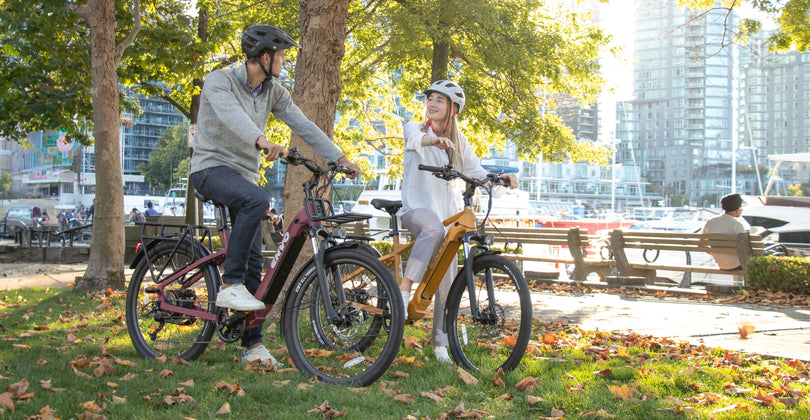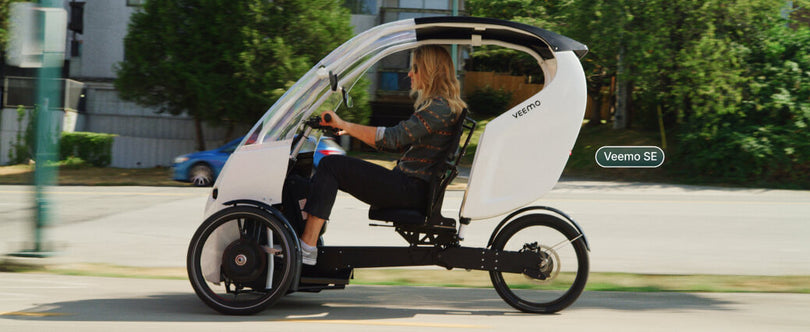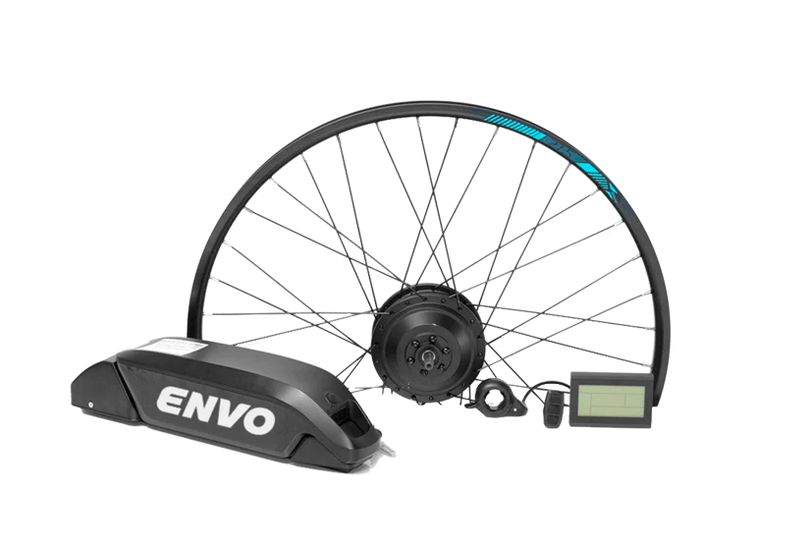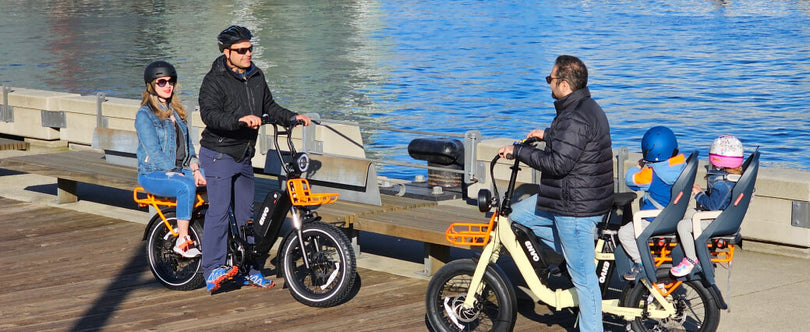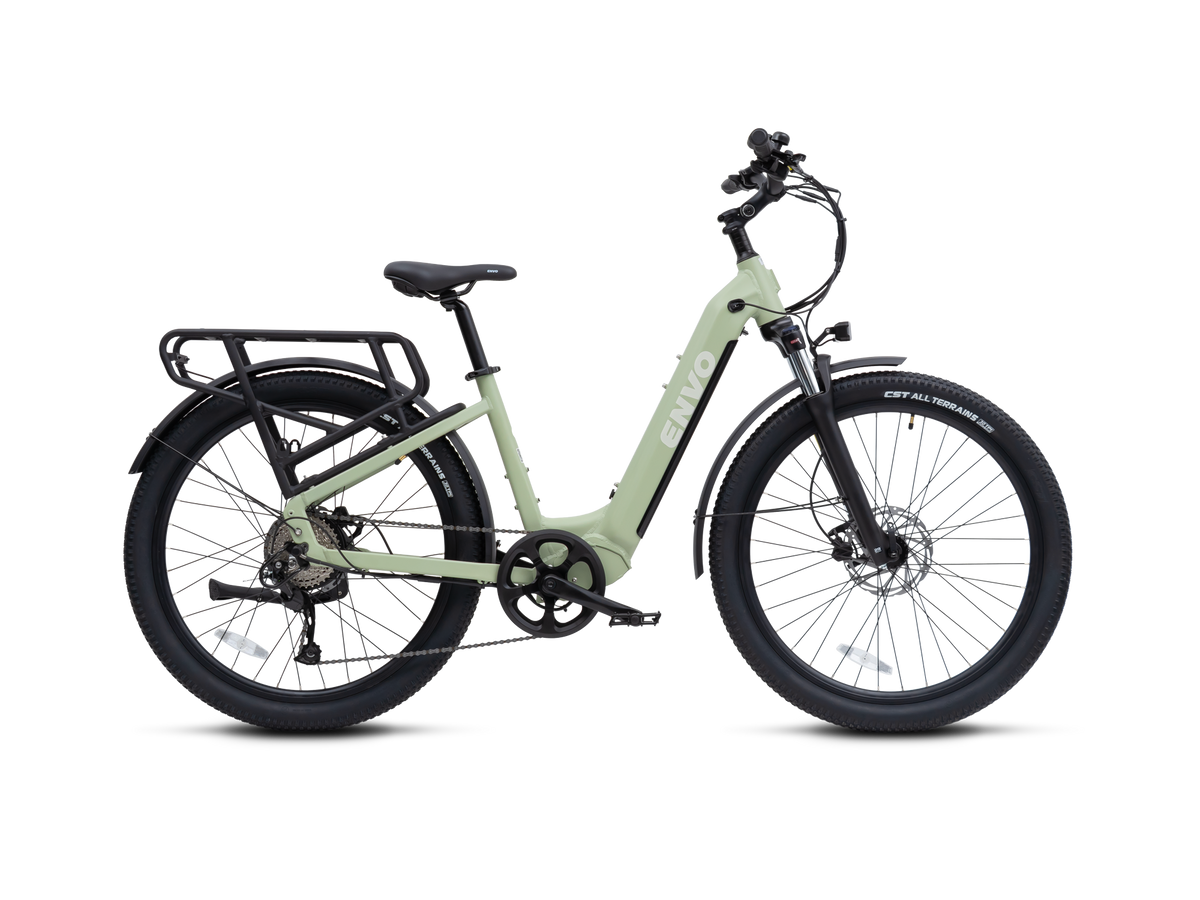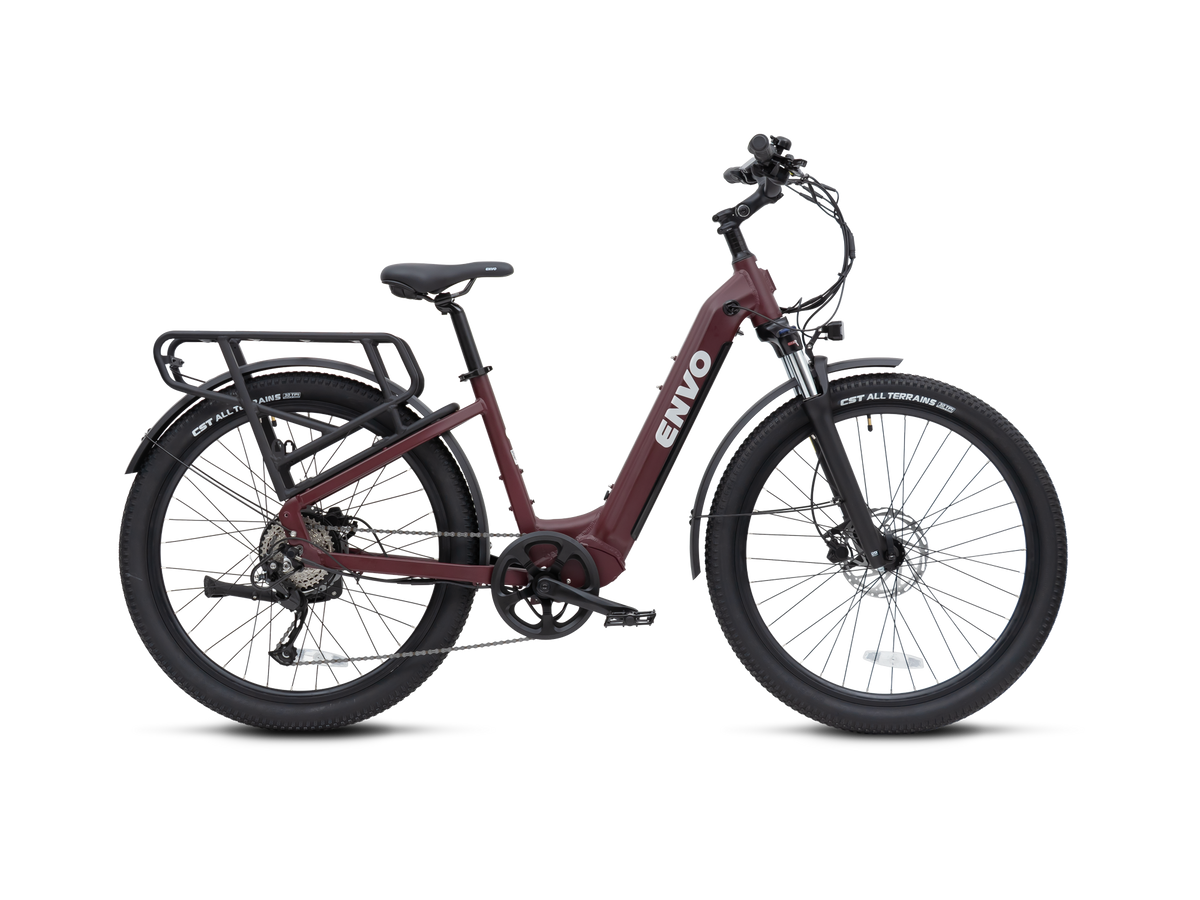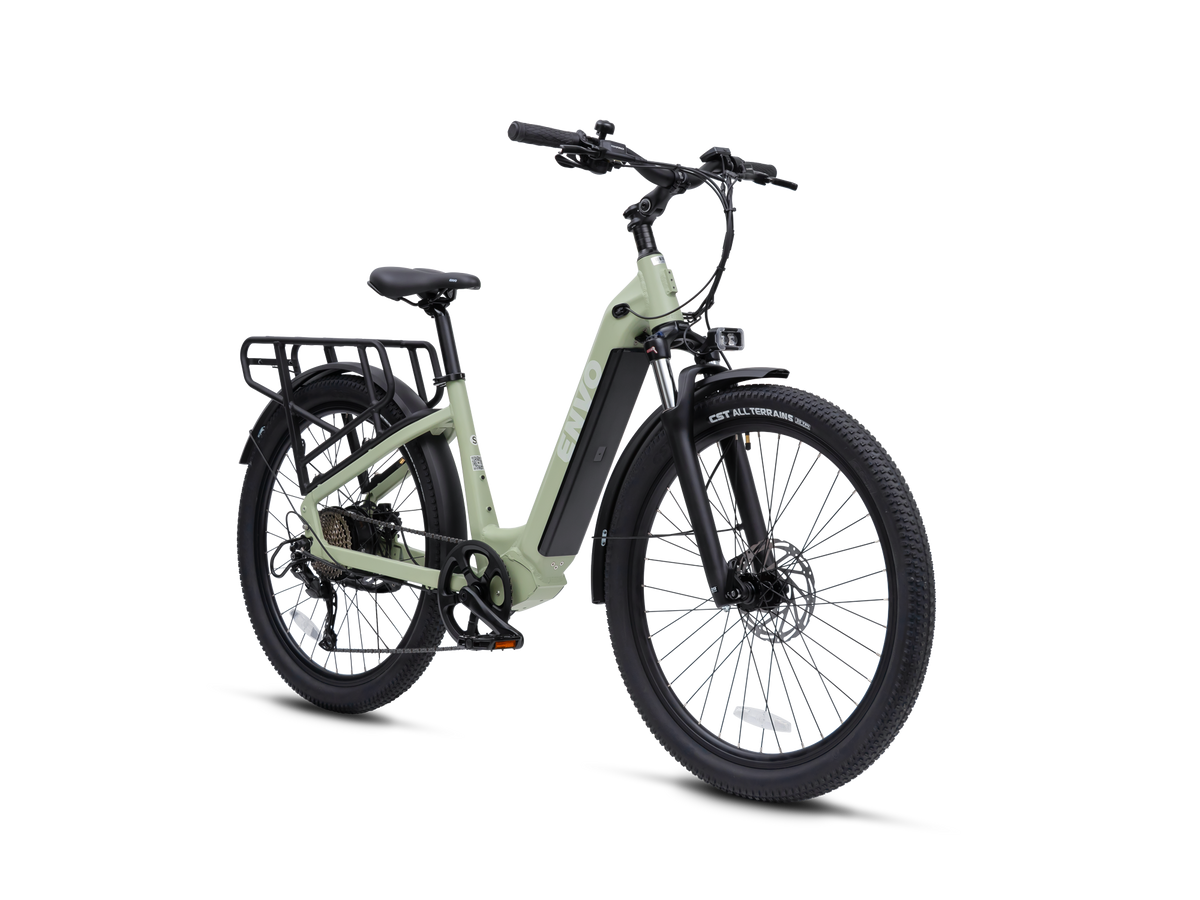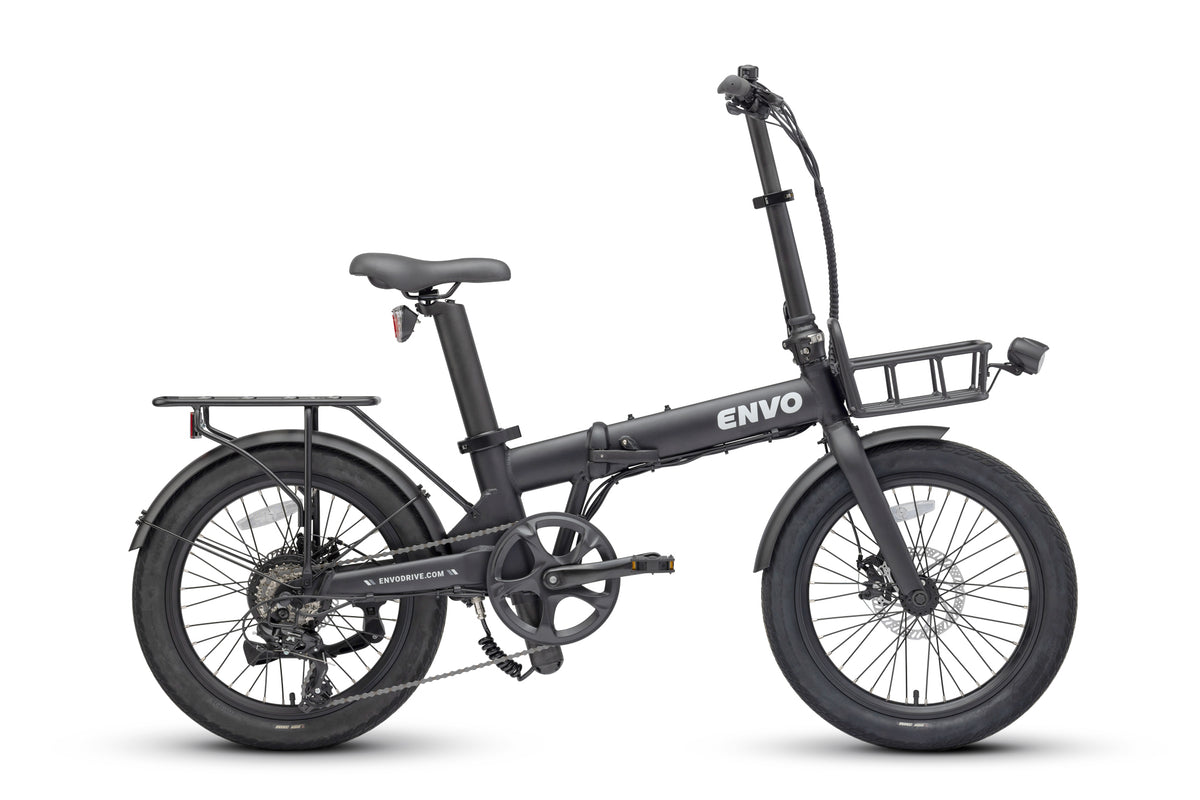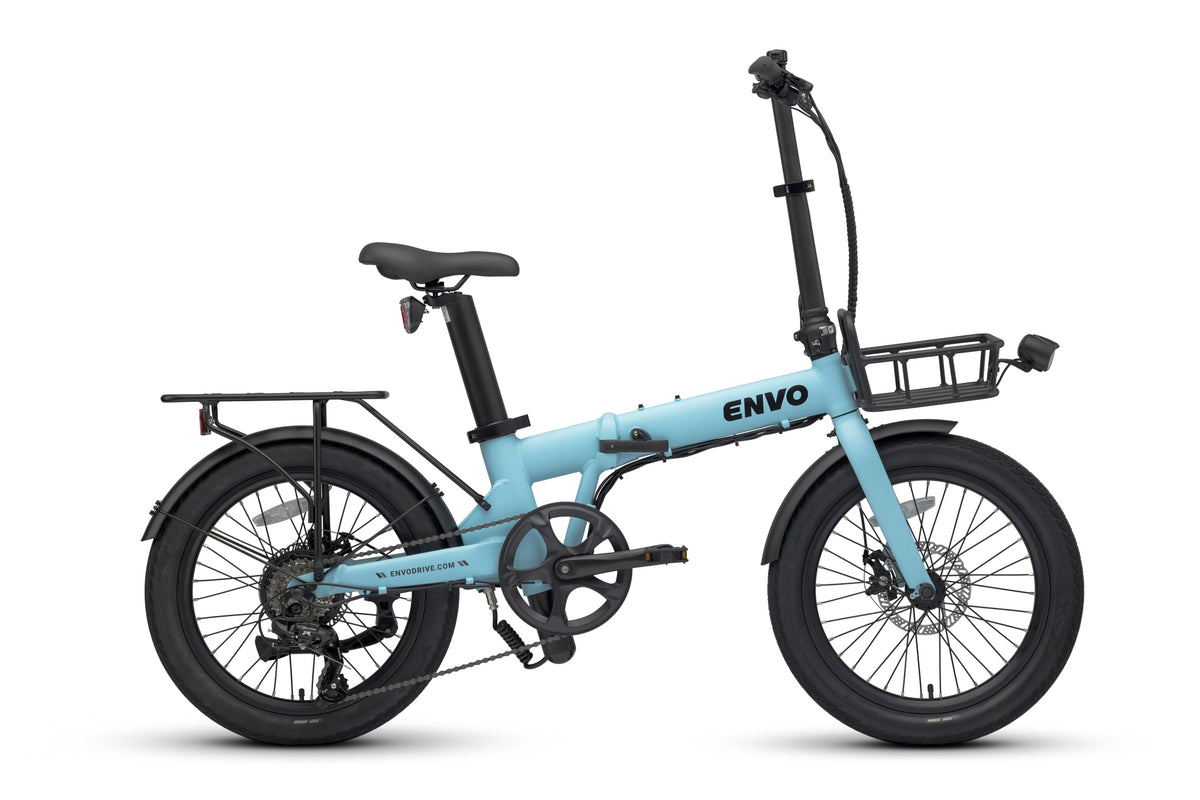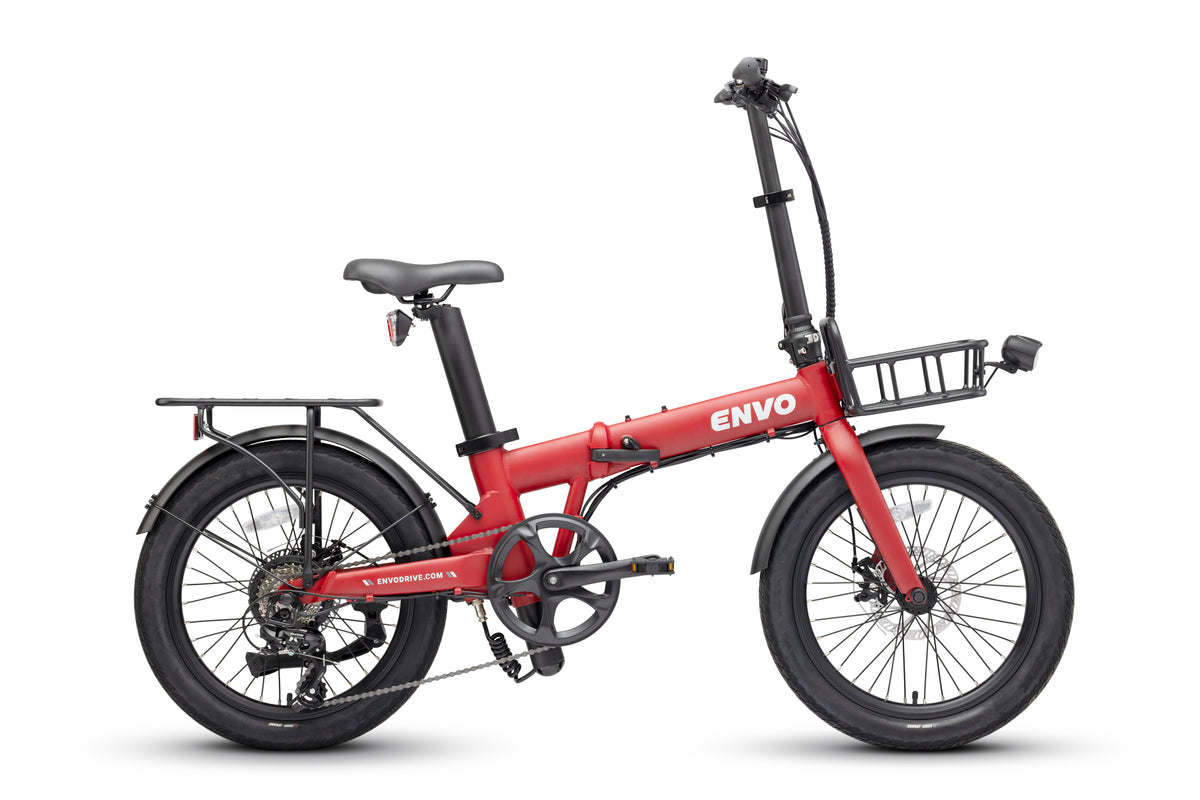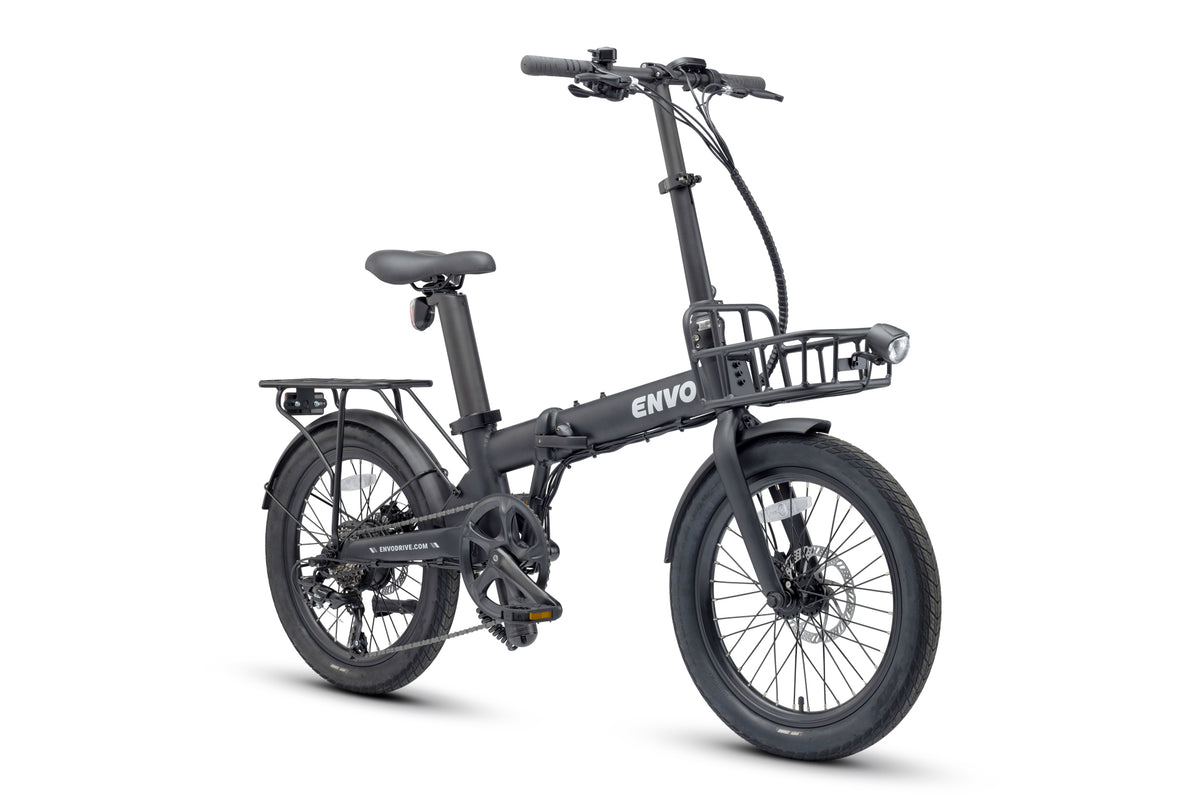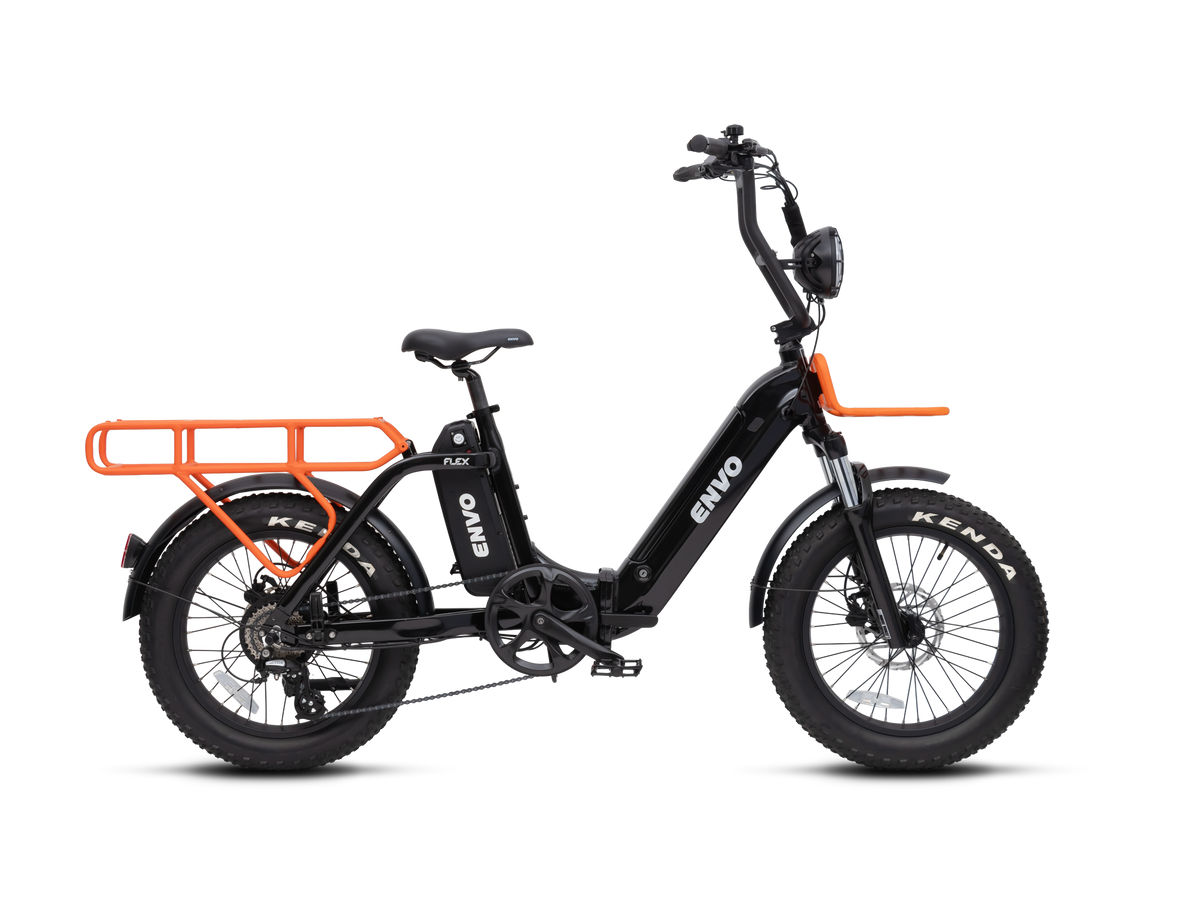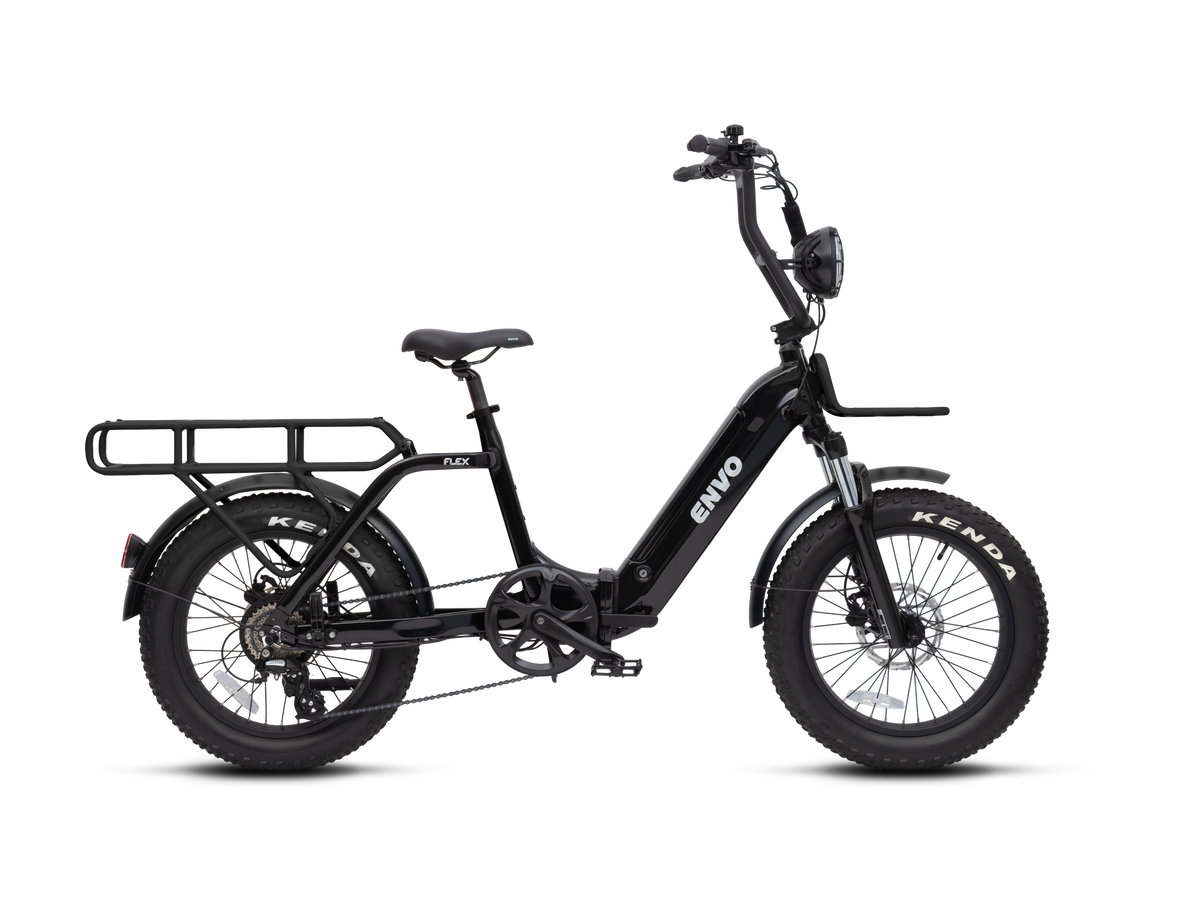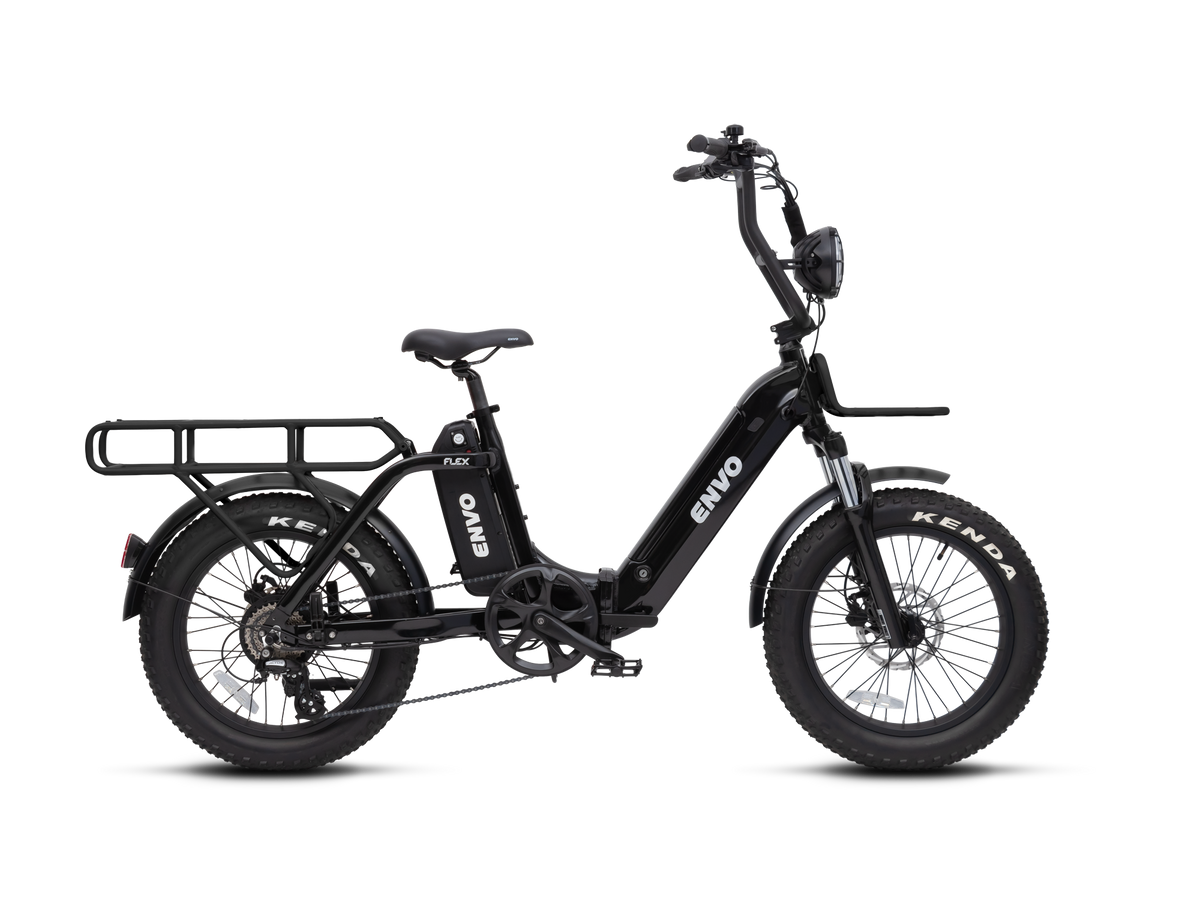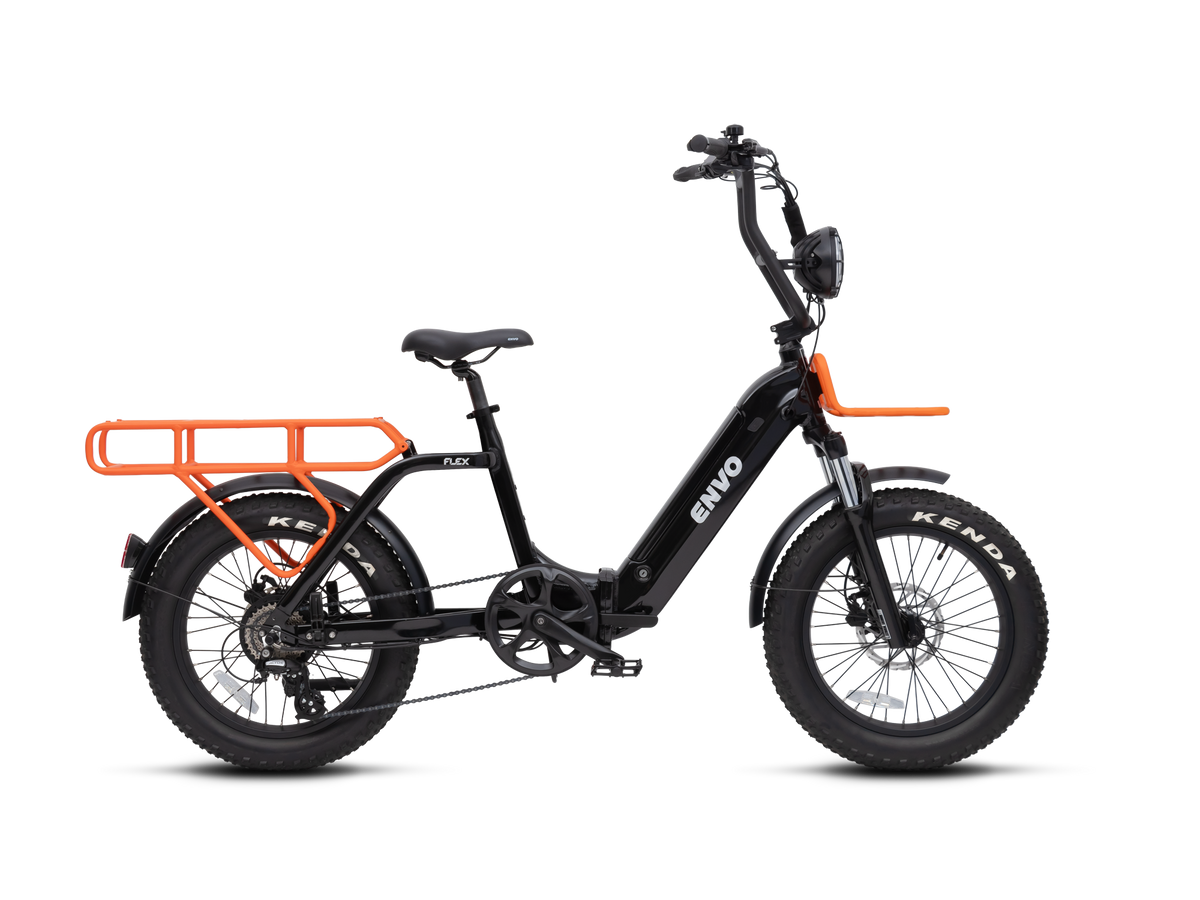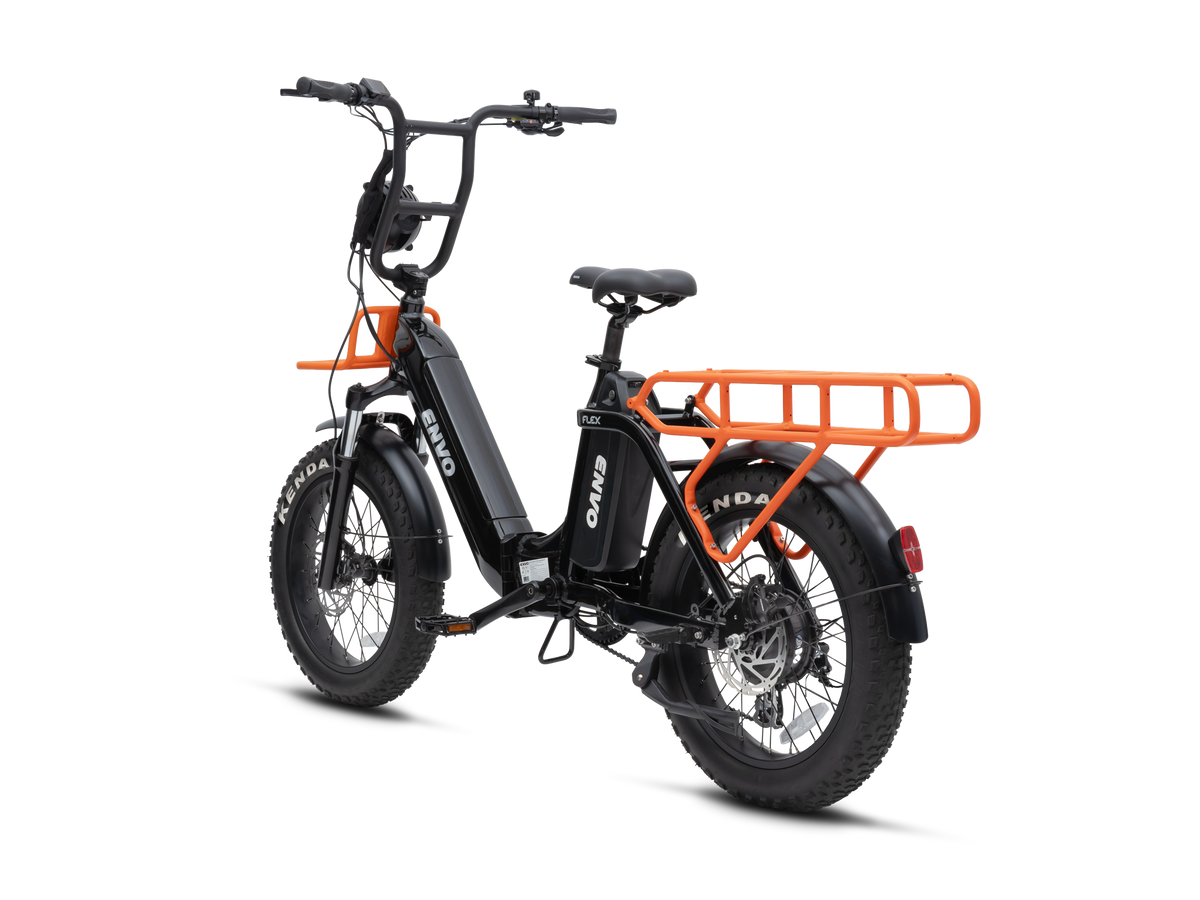In the world of electric bicycles (e-bikes), regenerative braking is a topic that often sparks interest and debate. This innovative feature, more commonly associated with electric cars, is also applicable to e-bikes, albeit with certain limitations and considerations. In this blog, we'll explore the concept of regenerative braking in e-bikes, how it works, its practicality, and the technology behind it.
Understanding Regenerative Braking
Regenerative braking is a system that allows a vehicle to recover some of the kinetic energy lost during braking and convert it into electrical energy, which is then stored in the battery. This process can extend the vehicle's range and improve overall efficiency.
The Feasibility of Recharging by Pedaling
While the hardware exists to enable recharging an e-bike by pedaling, it's not practically viable. Regenerative pedaling demands a significant amount of effort, making it exhausting for the rider. Therefore, regenerative braking on e-bikes mainly utilizes the kinetic energy generated during braking or descending hills. Even so, this can only increase the e-bike's range by about 10% at best.
Why Regenerative Braking is Less Effective on E-Bikes
E-bikes differ from cars in their mass and aerodynamics. The smaller mass and aerodynamic loss ratio in bikes mean that the energy recaptured through regenerative braking is significantly less than in cars.
EbikeBC’s Regenerative Braking System
EbikeBC has developed a conversion kit controller system capable of regenerative braking. However, our geared motors are designed to freewheel when not energized. Normally, squeezing the brake signals for cut-off only. To engage regenerative braking, the internal clutch of the motor must be mechanically locked, forcing the rotor to spin in reverse and generate negative torque.
The Mechanism
- The motor's internal clutch is locked to initiate regenerative mode.
- In this mode, the hub motor converts mechanical torque into electrical current, feeding it back to the battery.
- This regenerative process occurs while braking or going downhill, effectively slowing down the bike.
- The regenerative braking can reduce speed to about 5 km/h but cannot fully stop the bike, necessitating the use of traditional disk or rim brakes for complete stopping.

Customization and Control
EbikeBC offers the option to modify or customize the hub motor for regenerative braking. Additionally, riders can adjust the intensity of the braking torque versus the efficiency of regeneration via settings on the LCD/computer display.
Conclusion
Regenerative braking in e-bikes presents a fascinating blend of technology and efficiency. While it offers the promise of extended range and improved energy use, its practical application is limited by the physical demands on the rider and the inherent design of e-bikes. As technology advances, we may see more efficient and user-friendly regenerative braking systems in e-bikes. However, for now, it remains a feature that, while beneficial, is more of a supplementary system rather than a primary means of recharging.

